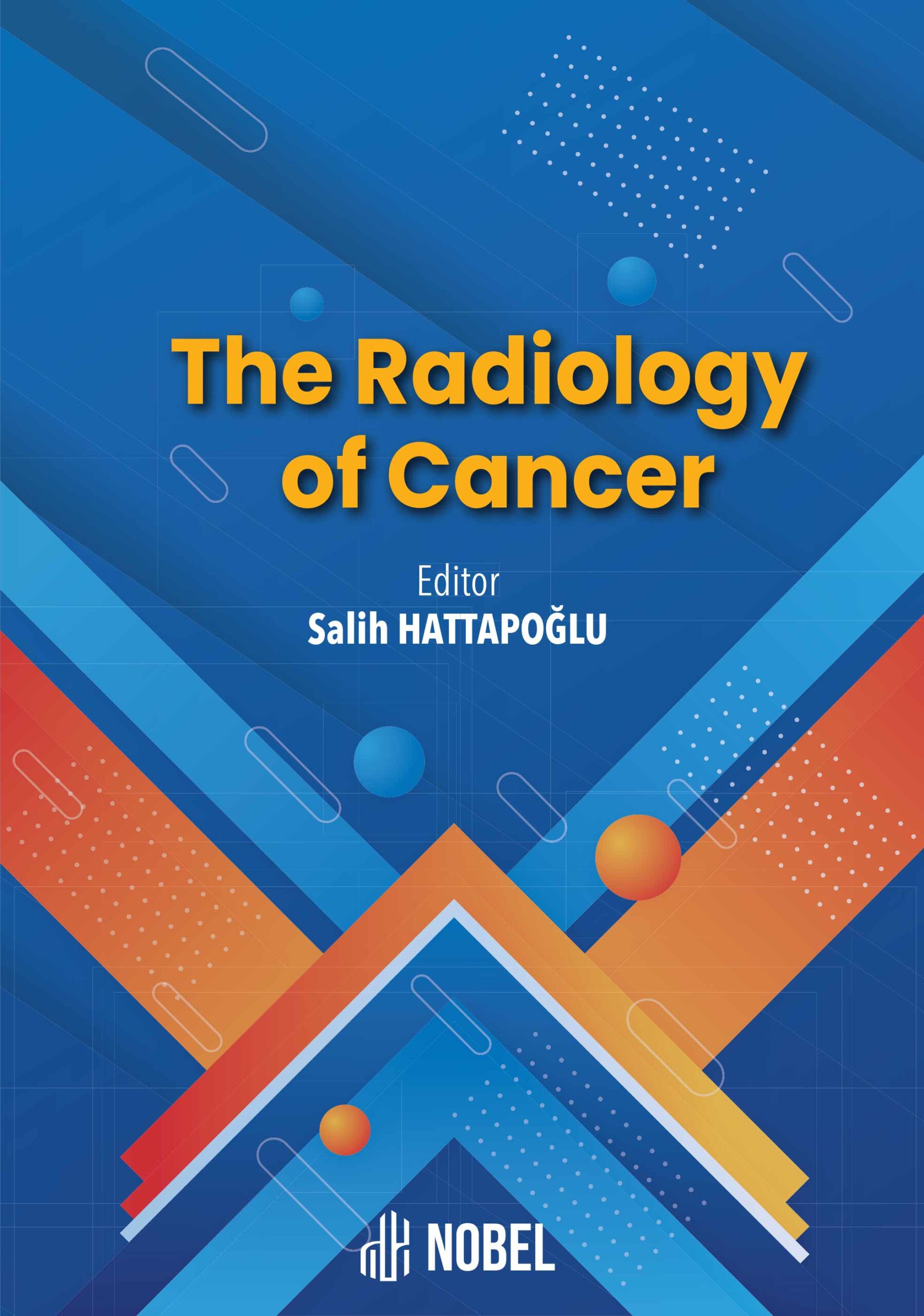Radiology of Larynx Tumors
Mehmet Guli Cetincakmak (Author)
Release Date: 2024-06-10
In this chapter, It focuses on the use of imaging modalities such as computed tomography, magnetic resonance imaging and PET-CT in the diagnosis of laryngeal cancer. Cross-sectional laryngeal anatomy, indications and contraindications of the modalities are presented. The globally accepted and long-standing TNM classification is described.
Media Type
Buy from
Price may vary by retailers
| Work Type | Book Chapter |
|---|---|
| Published in | The Radiology of Cancer |
| First Page | 61 |
| Last Page | 67 |
| DOI | https://doi.org/10.69860/nobel.9786053359364.6 |
| Page Count | 7 |
| Copyright Holder | Nobel Tıp Kitabevleri |
| License | https://nobelpub.com/publish-with-us/copyright-and-licensing |
Mehmet Guli Cetincakmak (Author)
Associate Professor, Dicle University
https://orcid.org/0000-0002-2430-8048
3Assoc. Prof. Dr. Mehmet Güli Çetinçakmak has made significant contributions to the field of radiology for more than twenty years. His work has contributed to the publication of more than 60 research papers and numerous oral and poster presentations. Dr. Çetinçakmak has also been involved in interventional radiology and head and neck imaging. Dr. Çetinçakmak is currently working in the departments of Head and Neck imaging and İnterventional Radiology at Dicle University School of Medicine.
Parkin DM, Bray F, Ferlay J, Pisani P. Global cancer statistics 2002. CA Cancer J Clin 2005;55:74‑108.
Nikolaou AC, Markou CD, Petridis DG, Daniilidis IC. Second primary neoplasms in patients with laryngeal carcinoma. Laryngoscope 2000;110:58‑64.
Chu MM, Kositwattanarerk A, Lee DJ, Makkar JS, Genden EM, Kao J, et al. FDG PET with contrast enhanced CT: A critical imaging tool for laryngeal carcinoma. Radiographics 2010;30:1353‑72
Yamamoto, Y.; Wong, T.Z.; Turkington, T.G.; Hawk, T.C.; Coleman, R.E. Head and neck cancer: Dedicated FDG PET/CT protocol for detection–phantom and initial clinical studies. Radiology 2007, 244, 263–272. [CrossRef] [PubMed]
Rodrigues, R.S.; Bozza, F.A.; Christian, P.E.; Hoffman, J.M.; Butterfield, R.I.; Christensen, C.R.; Heilbrun, M.; Wiggins, R.H.;Hunt, J.P.; Bentz, B.G.; et al. Comparison of whole-body PET/CT, dedicated high-resolution head and neck PET/CT, and contrast-enhanced CT in preoperative staging of clinically M0 squamous cell carcinoma of the head and neck. J. Nucl. Med. 2009,0, 1205–1213. [CrossRef] [PubMed]
Helsen, N.; Roothans, D.; Heuvel, B.V.D.; Wyngaert, T.V.D.; Weyngaert, D.V.D.; Carp, L.; Stroobants, S. 18F-FDG-PET/CT for the detection of disease in patients with head and neck cancer treated with radiotherapy. PLoS ONE 2017, 12, e0182350. [CrossRef] [PubMed]
| onix_3.0::thoth | Thoth ONIX 3.0 |
|---|---|
| onix_3.0::project_muse | Project MUSE ONIX 3.0 |
| onix_3.0::oapen | OAPEN ONIX 3.0 |
| onix_3.0::jstor | JSTOR ONIX 3.0 |
| onix_3.0::google_books | Google Books ONIX 3.0 |
| onix_3.0::overdrive | OverDrive ONIX 3.0 |
| onix_2.1::ebsco_host | EBSCO Host ONIX 2.1 |
| csv::thoth | Thoth CSV |
| json::thoth | Thoth JSON |
| kbart::oclc | OCLC KBART |
| bibtex::thoth | Thoth BibTeX |
| doideposit::crossref | CrossRef DOI deposit |
| onix_2.1::proquest_ebrary | ProQuest Ebrary ONIX 2.1 |
| marc21record::thoth | Thoth MARC 21 Record |
| marc21markup::thoth | Thoth MARC 21 Markup |
| marc21xml::thoth | Thoth MARC 21 XML |

